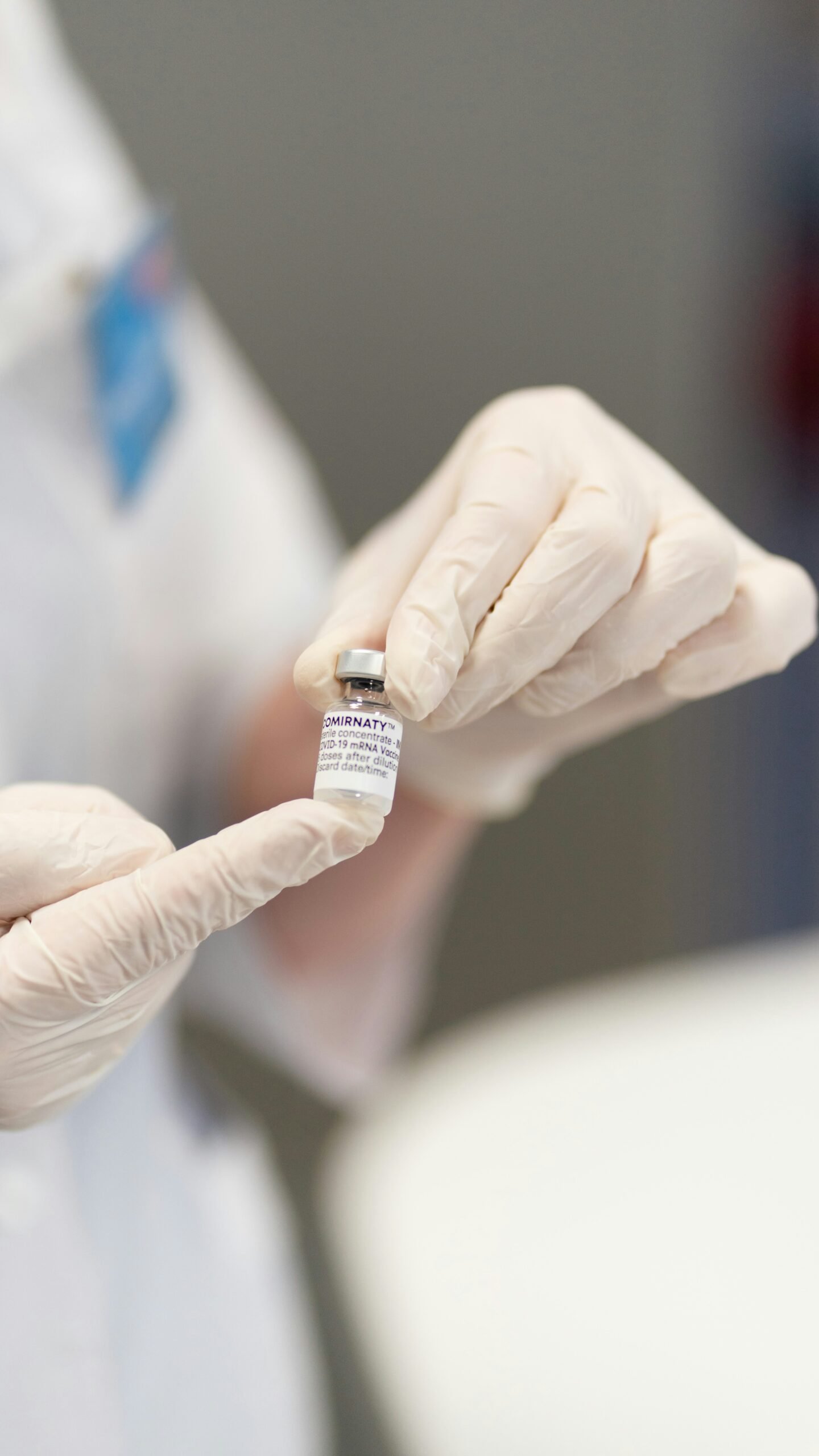Liposuction and Insurance Coverage: Medical Necessity vs. Cosmetic Procedure
In the realm of body contouring procedures, liposuction stands as one of the most popular options for removing stubborn fat deposits. However, when it comes to financial considerations, patients often face a critical question: Will insurance cover my liposuction procedure? The answer lies in understanding the fundamental distinction between medically necessary treatments and purely cosmetic enhancements.
Understanding Liposuction: Beyond Cosmetic Applications
Liposuction, technically known as lipoplasty or suction-assisted lipectomy, involves the surgical removal of excess fat deposits using a cannula and suction device. While commonly associated with aesthetic improvements, this procedure serves various purposes across the spectrum of medical necessity.
According to the American Society of Plastic Surgeons, over 265,000 liposuction procedures are performed annually in the United States, making it one of the top five cosmetic surgical procedures. However, many patients and even some healthcare providers remain unclear about when this procedure crosses the line from elective enhancement to medical intervention.
How Traditional Liposuction Works
The basic technique involves:
- Administration of anesthesia (local, intravenous sedation, or general)
- Delivery of a tumescent solution (saline, lidocaine, and epinephrine) to minimize bleeding and discomfort
- Insertion of a thin, hollow tube called a cannula through small incisions
- Movement of the cannula to break up fat cells
- Suctioning of dislodged fat using a surgical vacuum or syringe
Modern variations include ultrasound-assisted lipoplasty (UAL), power-assisted liposuction (PAL), laser-assisted liposuction, and water-assisted liposuction, each offering specific advantages depending on the treatment area and patient needs.
The Insurance Coverage Conundrum
The central challenge in determining insurance coverage for liposuction stems from the medical necessity criterion that insurance companies universally employ.
Defining Medical Necessity
Insurance providers typically define medically necessary procedures as those that:
- Treat or diagnose an illness, injury, condition, disease, or its symptoms
- Follow generally accepted standards of medicine
- Are clinically appropriate in type, frequency, extent, site, and duration
- Are not primarily for convenience or cosmetic purposes
Dr. Emily Hartson, Medical Director at Metropolitan Insurance Group, explains: “The key factor is whether the procedure is being performed to improve health outcomes versus improving appearance. Our determination process evaluates whether the condition being treated causes functional impairment or poses significant health risks.”
When Is Liposuction Medically Necessary?
Several conditions might qualify liposuction as medically necessary, potentially warranting insurance coverage:
1. Lipedema
Lipedema is a chronic disorder characterized by symmetrical accumulation of fat in the legs and sometimes arms. Unlike typical obesity, this condition is resistant to diet and exercise, causing progressive enlargement of affected limbs, pain, easy bruising, and mobility issues.
Case Study: Sarah’s Lipedema Journey
Sarah Thompson, 42, struggled with disproportionate leg swelling for over a decade. Despite maintaining a healthy diet and regular exercise regimen, her legs continued to enlarge while her upper body remained relatively slim.
“My legs were constantly painful, and I developed recurrent cellulitis,” Sarah recalls. “Multiple doctors dismissed my concerns as weight issues until a lymphatic specialist diagnosed me with Stage 3 lipedema.”
After documenting years of conservative treatment attempts including compression therapy and manual lymphatic drainage, Sarah’s insurance approved tumescent liposuction as medically necessary. The procedure removed nearly 7 liters of diseased fat tissue from her legs.
“Post-surgery, my mobility improved dramatically, and I haven’t had a single cellulitis infection since,” Sarah reports. “My quality of life transformed completely.”
Her case illustrates the criteria that convinced insurance to provide coverage:
- Documented diagnosis of progressive lipedema
- Evidence of functional impairment
- History of failed conservative treatments
- Occurrence of medical complications (recurring infections)
2. Lymphedema
Lymphedema involves swelling caused by lymphatic fluid buildup, often following cancer treatment, lymph node removal, or due to congenital conditions. When conservative management fails, suction-assisted protein lipectomy (a specialized form of liposuction) can provide relief.
3. Gynecomastia
Gynecomastia, the enlargement of glandular breast tissue in males, affects approximately 65% of adolescent boys and 25% of adult men at some point. While mild cases might be cosmetic concerns, severe gynecomastia causing pain, skin breakdown, or significant psychological distress may qualify as medically necessary.
Case Study: Michael’s Gynecomastia Treatment
Michael Chen developed severe gynecomastia at age 16. By 22, the condition hadn’t resolved naturally, causing chronic back pain, rashes under his breast tissue, and severe psychological distress diagnosed as body dysmorphic disorder.
“I couldn’t participate in normal activities like swimming or team sports,” Michael shares. “The physical and emotional toll was devastating.”
Michael’s surgeon combined glandular excision with liposuction to address both the firm glandular tissue and surrounding fatty deposits. The insurance approval came after:
- Endocrinological evaluation ruling out treatable hormonal causes
- Documentation of physical symptoms including skin maceration and musculoskeletal pain
- Psychological assessment confirming clinical depression and social isolation
- Photographic evidence of Grade III gynecomastia persisting beyond adolescence
4. Gigantomastia
Extremely large breasts causing neck pain, back problems, skin infections, and rashes may necessitate reduction mammaplasty, which often incorporates liposuction techniques. While technically classified under breast reduction, the liposuction component might be covered when part of this medically necessary procedure.
5. Specific Lipomas or Benign Fatty Tumors
While most lipomas don’t require removal, large or painful ones may warrant liposuction extraction. Coverage typically depends on the lipoma’s size, location, symptoms, and growth rate.
6. Post-Surgical or Post-Traumatic Fat Deposits
Liposuction might be medically indicated to address abnormal fat accumulation following other medical procedures or trauma.
Cosmetic Liposuction: Why Insurance Won’t Pay
Despite its popularity, liposuction performed primarily to enhance appearance faces consistent insurance denial. Common cosmetic applications include:
- Abdominal contouring
- Thigh and buttock sculpting
- Arm fat reduction
- Facial contouring (chin, neck, cheeks)
- Love handle removal
Dr. Julian Mercer, a board-certified plastic surgeon, notes: “Approximately 95% of the liposuction procedures I perform are classified as cosmetic. These patients understand they’ll bear the full financial responsibility because the procedures, while transformative for self-confidence, don’t address medical conditions by insurance standards.”
The Gray Area: When Coverage Becomes Complicated
Some scenarios fall into contentious territory where coverage decisions vary widely between insurance providers:
Post-Massive Weight Loss
Patients who lose significant weight often develop localized fat deposits resistant to further dietary efforts. While primarily considered cosmetic, some insurers may approve liposuction in conjunction with skin removal procedures (panniculectomy) when excess tissue causes documented medical problems.
Case Study: Robert’s Post-Bariatric Journey
Robert Wilson lost 175 pounds following gastric bypass surgery but developed severe panniculus (hanging abdominal tissue) with recurrent infections in the skin folds despite meticulous hygiene practices.
While his insurance approved panniculectomy (removal of the hanging skin), they initially denied the liposuction component. Robert’s surgical team successfully appealed by demonstrating that:
- The abnormal fat distribution contributed directly to recurrent infections
- The lipodystrophy resulted from medically necessary bariatric surgery
- The liposuction was integral to addressing the medical condition, not merely enhancing appearance
After successful appeal, both components were covered, significantly improving Robert’s functional capacity and eliminating the chronic infections.
Liposuction Associated with Reconstructive Procedures
When performed as part of post-cancer reconstruction or to address traumatic injuries, liposuction might receive coverage. For example, fat harvested via liposuction for fat grafting in breast reconstruction following mastectomy typically qualifies for insurance consideration.
Navigating the Insurance Approval Process
If you believe your liposuction procedure qualifies as medically necessary, these steps may improve your chances of coverage:
1. Thorough Documentation
Insurance approval hinges on comprehensive documentation, including:
- Detailed medical history
- Physical examination findings
- Diagnostic test results
- Photographs demonstrating the condition
- History of conservative treatments and their failure
- Functional impairments affecting daily activities
- Any psychological assessments if relevant
2. Letter of Medical Necessity
Your physician should provide a detailed letter explaining:
- The specific diagnosis (with ICD-10 codes)
- How liposuction constitutes appropriate treatment
- Why alternative treatments are inadequate
- Expected health outcomes and improvement in function
3. Prior Authorization
Most insurers require pre-approval for any potentially cosmetic procedure. This process typically involves:
- Submission of all medical documentation
- Specific CPT (Current Procedural Terminology) codes
- Facility information
- Cost estimates
4. Be Prepared to Appeal
Initial denials are common even for legitimate medical cases. The appeals process may require:
- Peer-to-peer review between your surgeon and insurance medical director
- Additional documentation or specialist opinions
- Persistence through multiple levels of appeal
According to a study published in JAMA, approximately 40% of initially denied claims get approved on appeal, underscoring the importance of not accepting the first “no.”
Financial Alternatives for Cosmetic Liposuction
When liposuction is deemed cosmetic, patients must explore alternative payment options:
1. Financing Programs
Many practices offer third-party financing through companies like CareCredit or Alphaeon Credit, providing:
- Extended payment plans (often 6-24 months)
- Special promotional interest rates
- Quick approval processes
2. Health Savings Accounts (HSAs) and Flexible Spending Accounts (FSAs)
While cosmetic procedures generally don’t qualify for HSA/FSA spending, liposuction prescribed for medical conditions might, even without insurance coverage. Consult with a tax professional regarding your specific situation.
3. Cash Discounts
Many surgeons offer reduced rates for patients paying in full before surgery, typically ranging from 5-10% off total costs.
4. Treatment Packages
Combined procedures often come with package pricing that reduces the overall cost compared to individual procedures.
The Cost Landscape of Liposuction
According to the American Society of Plastic Surgeons, the average cost of liposuction in 2023 was approximately $3,637 per treatment area, excluding anesthesia, facility fees, and related expenses. Total costs typically range from $3,000 to $9,000 depending on:
- Number and size of treatment areas
- Type of liposuction technique used
- Geographic location
- Surgeon’s experience and reputation
- Facility type (hospital vs. outpatient center)
- Anesthesia requirements
Dr. Sandra Paulson, Financial Director at Clearview Surgical Center, advises: “Patients should request an all-inclusive quote that details every anticipated expense. Hidden costs can add thousands to the final bill.”
Medical Tourism Considerations
The significant cost difference has driven many Americans to seek liposuction abroad, particularly in:
- Mexico
- Dominican Republic
- Brazil
- Thailand
- Turkey
While prices may be 40-70% lower, potential complications from substandard facilities or inadequate post-operative care can result in significant medical expenses upon return home—expenses that U.S. insurance plans typically won’t cover.
The Centers for Disease Control and Prevention warns travelers about risks associated with medical tourism, including:
- Antibiotic-resistant infections
- Quality control variations
- Communication barriers
- Complications during travel periods
- Limited legal recourse for substandard care
Future Trends in Liposuction Coverage
The landscape of insurance coverage for liposuction continues to evolve:
Expanded Lipedema Recognition
As lipedema gains recognition as a legitimate medical condition, more insurers are developing specific coverage criteria. The Lipedema Foundation reports that successful insurance claims for lipedema treatment increased by 35% between 2020 and 2023.
Outcomes-Based Coverage Decisions
Some progressive insurers are implementing pilot programs that base coverage decisions on demonstrated health outcome improvements rather than rigid procedural classifications.
Aetna’s “Functional Improvement Initiative” represents this approach, evaluating coverage based on quantifiable metrics like:
- Reduction in documented infections
- Improved mobility as measured by physical therapy assessments
- Decreased requirement for pain medication
- Improved quality of life scores on validated instruments
Telehealth Pre-Authorizations
The pandemic accelerated telehealth adoption for insurance evaluations. Patients can now often submit initial documentation and photographs digitally, streamlining the determination process.
Ethical Considerations in the Medical-Cosmetic Divide
The distinction between medical necessity and cosmetic enhancement raises important ethical questions:
The Psychological Impact
Severe body image concerns can cause clinically significant psychological distress. The American Psychological Association recognizes body dysmorphic disorder as a serious mental health condition, yet procedures addressing even severe cases rarely receive coverage.
Dr. Melissa Washington, health policy researcher, notes: “The arbitrary division between physical and psychological necessity perpetuates a problematic mind-body dualism in healthcare coverage decisions.”
Socioeconomic Implications
The cosmetic designation creates a two-tiered system where medically beneficial procedures become available only to those with financial means.
Gender Disparities
Female-predominant conditions like lipedema faced decades of dismissal as “just fat” before gaining medical recognition, highlighting potential gender bias in determining medical necessity.
Making an Informed Decision
Before pursuing liposuction, consider these recommendations:
- Seek multiple consultations with board-certified plastic surgeons or appropriate specialists for your specific condition
- Verify provider credentials through the American Board of Medical Specialties
- Request detailed cost breakdowns including all potential expenses
- Understand insurance implications by obtaining written pre-determination when possible
- Explore all treatment alternatives before proceeding with surgery
- Consider timing for maximum benefit if utilizing HSA/FSA funds
Conclusion
The distinction between medically necessary and cosmetic liposuction significantly impacts financial responsibility for patients seeking treatment. While insurance coverage remains limited primarily to cases with demonstrated functional impairment, increasing recognition of conditions like lipedema offers hope for expanded coverage for appropriate candidates.
Patients navigating this complex landscape should arm themselves with thorough documentation, persistence through the approval process, and realistic expectations about potential out-of-pocket costs. As medical understanding evolves and insurance policies adapt, the artificial boundary between medical necessity and aesthetic improvement may gradually blur, potentially expanding access to procedures that improve both physical function and psychological well-being.
For those facing denial of coverage for procedures they believe are medically warranted, patient advocacy organizations like the Patient Advocate Foundation offer resources and guidance for navigating appeals and seeking financial assistance.
Ultimately, the decision to pursue liposuction—whether as a medical intervention or aesthetic enhancement—should result from careful consideration of health needs, realistic expectations, and thorough financial planning.
References
- American Society of Plastic Surgeons. (2023). Plastic Surgery Statistics Report.
- Wounds UK. (2022). Best Practice Guidelines: The Management of Lipoedema.
- Karmali, R. J., Hanson, S. E., Nguyen, A. T., Skoracki, R. J., & Hanasono, M. M. (2018). Outcomes Following Liposuction for Lipedema. Plastic and Reconstructive Surgery Global Open, 6(9), e1940.
- Kogler, S., Reich-Schupke, S., Stücker, M., & Altmeyer, P. (2019). Surgical Treatment of Lipedema. Journal of the German Society of Dermatology, 17(7), 735-742.
- Baumgartner, A., Hueppe, M., & Schmeller, W. (2016). Long-term benefit of liposuction in patients with lipoedema: a follow-up study after an average of 4 and 8 years. The British Journal of Dermatology, 174(5), 1061-1067.
- Centers for Medicare & Medicaid Services. (2023). National Coverage Determination (NCD) for Cosmetic Surgery.
- American Medical Association. (2023). CPT® Professional Edition. Chicago, IL: American Medical Association.
- International Society of Aesthetic Plastic Surgery. (2022). Global Survey on Aesthetic/Cosmetic Procedures.
- Seidenstuecker, K., Nussbaumer, P., Machens, H. G., & Masia, J. (2021). Lymphatic Function after Liposuction in Lipedema. Lymphatic Research and Biology, 19(1), 86-92.




Post Comment